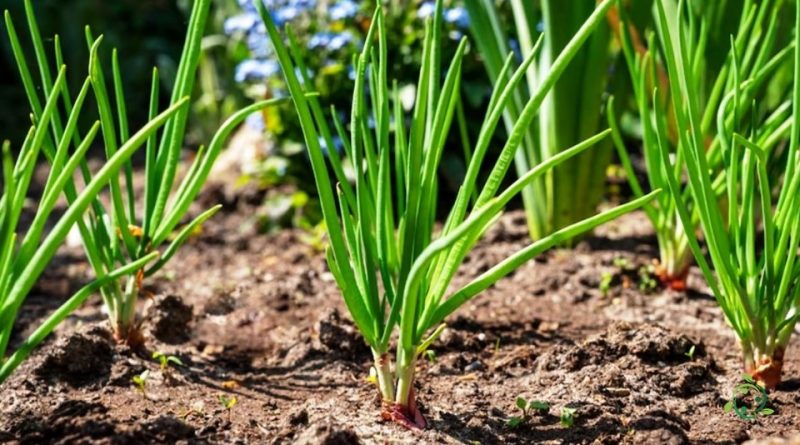How to intercrop shallots
How to intercrop shallots
The shallot (Allium cepa var. aggregatum L.) is a plant of the Amaryllidaceae family, similar to the onion, with which it shares many characteristics and similarities in use.
The shallot is a multiannual herbaceous plant, but is usually grown as an annual. Unlike other plants in its family, such as garlic and onion, it generally does not produce flowers, which is why many varieties, selected for human consumption, are not widespread in the wild. In fact, traditionally shallots have always been reproduced vegetatively.
The shallot is a plant that benefits from intercropping. In general, as with garlic, leek and onion, this plant can be combined with carrots, strawberries, tomatoes, spinach, aromatic plants, fennel, parsnips, celery, etc.
Intercropping helps to increase the organoleptic characteristics of this plant as well as repelling parasites, improving soil health and promoting more vigorous growth. Below we list just some of the possible associations with their relative effects:
– Carrots: Carrots can help repel carrot flies, which can damage shallots. Additionally, carrot roots can help break up the hard soil around shallots, making growth easier.
– Strawberries: Strawberries can act as a ground cover around shallots, helping to retain moisture and reduce weed growth. They can also repel some species of harmful insects.
– Tomatoes: Tomatoes can be planted near shallots to repel common pests such as aphids and mites. Additionally, tomato plants can provide partial shade to shallots during hot days.
– Spinach: Spinach can be planted near shallots to protect them from wind and to provide partial shade. Additionally, spinach can be grown in the spring and harvested before the shallots need more room to grow.
– Aromatic plants such as sage and mint can help repel some harmful insects, improving the health of shallots.
However, when intercropping, you must always remember to take into account the pedoclimatic characteristics of the area where you are going to intercrop the plants and their compatibility with these conditions.

